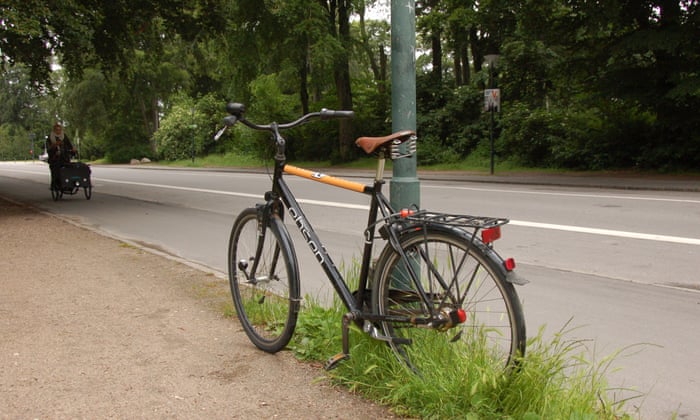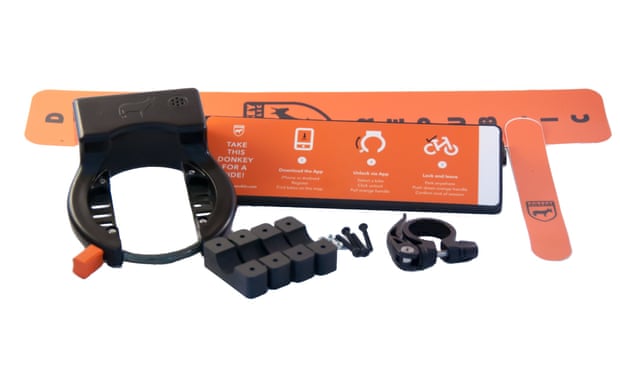In recent posts, I’ve noted that
I’ve seen few—sometimes no—bike riders who weren’t making deliveries. If you thought it was just a way of saying
that I wasn’t riding, I won’t try to dissuade you from such a perception.
For much of the past couple of weeks,
conditions on many New York City streets were simply dangerous for any wheeled
vehicle. There was ice everywhere and
the effective width of some streets was cut, sometimes in half, by the piled-up
snow and ice.
The last couple of weeks is the
longest stretch I’ve spent off my bike since I was recovering from surgery four
years ago. A lot of other cyclists can
probably make a similar claim.
That got me to thinking about the
difference between weather and climate, and about terrain.
In most places, there is seasonal
variation in the number of people who ride bicycles, whether to commute, shop,
race or simply for fun. Put simply,
fewer people ride when it’s cold and/or wet.
However, the places where the
greatest number of people ride regularly are not necessarily the ones that have
the most days of sunshine or the warmest winters every year. Here in the United States, we see more
cycling in New England than in the South, more riders in New York, Boston—or,
of course, Portland-- than, say, in Miami, Tampa or Albuquerque. In Europe, the most cycling-intensive and
–friendly cities are found in the north—Amsterdam and Copenhagen immediately
come to mind---rather than in Greece or even Italy. And there are, from what I’ve seen, there are
fewer everyday riders in Rome or Madrid than in rainier and cooler London and
Paris.
As for terrain: When I was in Prague, a few locals confirmed
my impression that a cycling culture was just beginning there and that, while
cyclists in the Czech capital are committed and enthusiastic, it will be a
while before they have the kind of infrastructure—in terms of human and
informational as well as physical resources—bikers in Berlin (the example they
most cited) enjoy. One reason, according
to those Prague pedalers, is that the city is hillier than most others in
Europe.
That reason seems plausible
enough: A lot of people would indeed be
deterred from cycling if they have to climb a steep hill to get wherever
they’re going. That would also partly
explain the fact that I saw so few cyclists when I was in Istanbul a few years
ago. (In the former Ottoman capital,
there are also cultural factors that would discourage cycling.) On the other hand, San Francisco—one of the
most vertical cities in the world-- has had a community and culture of cycling
for much longer than most other places in the United States, including such
pancake-flat places as Kansas.
(It occurs to me now that San
Francisco’s street grid simply makes no sense in such a hilly place, but it
would be perfectly suited for most towns in the Great Plains.)
So I wonder: Why is it that, discounting for seasonal
differences, places with less-favorable climates and terrains develop vibrant
cycling cultures while seemingly-ideal places don’t?







